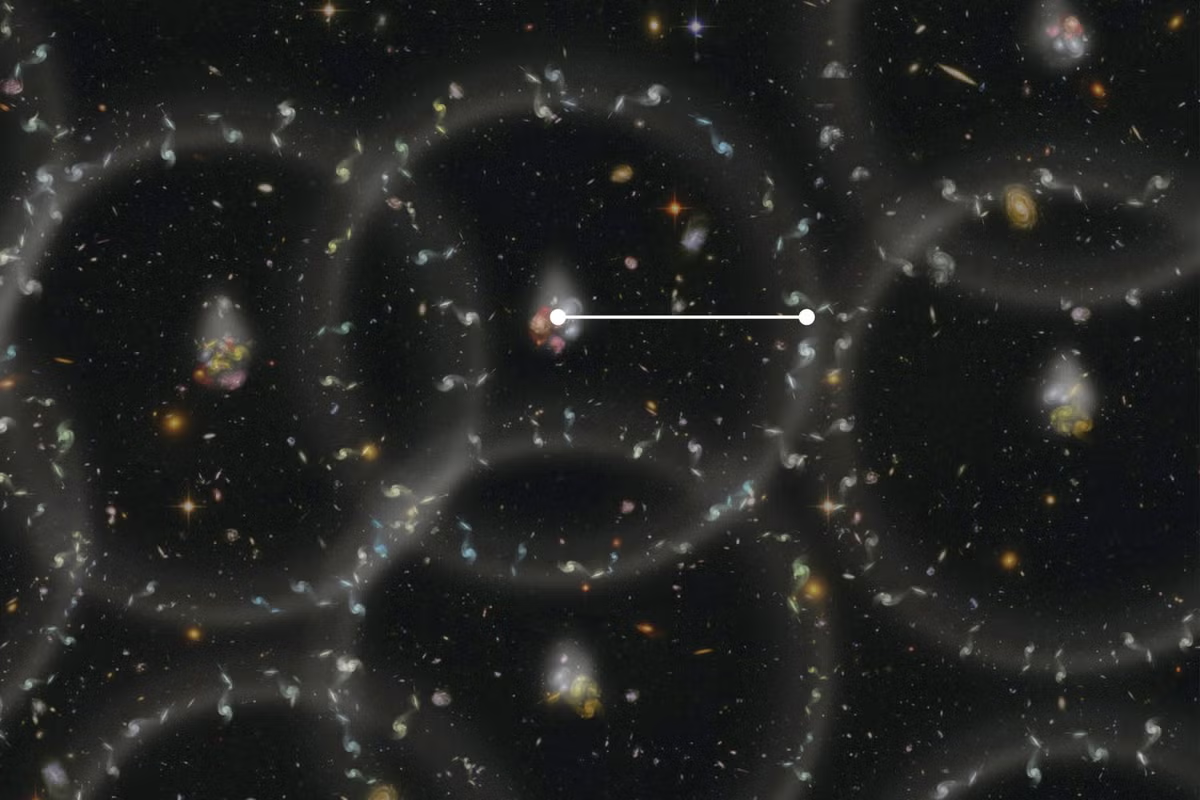A breakthrough in cosmic mapping promises to speed up how scientists analyze the large-scale structure of the universe — and it could reshape how fast we learn about dark matter, dark energy, and galaxy formation.
What’s the New Development
Researchers have developed a neural-network-based emulator (a kind of high-speed shortcut) called Effort.jl. It is designed to replicate the predictions of a complex cosmological model known as the Effective Field Theory of Large-Scale Structure (EFTofLSS). The big win: it delivers nearly identical accuracy to the original model, but with dramatically lower computing time and reduced resource demands.
Effort.jl works by incorporating two key ideas:
- Parameter gradients: This lets the emulator understand how small changes in cosmological parameters affect outputs, improving precision.
- Prior knowledge: By using what scientists already know about cosmic physics, the emulator avoids exploring impossible or highly unlikely scenarios, boosting speed without sacrificing credibility.
Why It Matters
Large-scale structure models are central for understanding the universe on the grandest scales. These include how matter clusters, how galaxies and voids form, and ultimately how gravity, dark energy, and dark matter shape cosmic evolution. Traditional implementations of these models require massive computational power and time, especially as data sets grow bigger (for example from galaxy surveys, telescopes, etc.).
With tools like Effort.jl:
- Cosmologists can run more simulations more often, which means better testing of theories.
- We can more quickly map how the universe’s structure changes over time.
- Fitting observational data to theories becomes faster — enabling more timely discoveries.
Implications & Future Use
The arrival of a fast, accurate emulator has several implications:
- Galaxy Surveys & Data Deluge: Upcoming and ongoing deep sky surveys collect enormous amounts of data. Speedier theoretical tools help process and interpret these faster, making discoveries less delayed.
- Model Comparison: With faster workloads, comparing rival theories (for example different dark energy models, or tests of modifications to gravity) becomes more feasible.
- Accessibility: Researchers without access to supercomputers can perform advanced cosmological modeling on more modest hardware, democratizing the field somewhat.
Challenges & Considerations
While the results are promising, they aren’t without caveats:
- Emulators rely on the training data and assumptions embedded in them. If those are limited or biased, predictions may diverge when faced with unexpected cosmic features.
- Some features of cosmic structure (very small-scale physics, or unfamiliar astrophysical processes) may still require the full, expensive simulation tools.
- Ensuring that the emulator works across all relevant redshifts (epochs of the universe) and scales (from small galaxy clustering to large cosmic voids) will require thorough validation.
Takeaway
Effort.jl is a significant step forward in cosmology: a model emulator that preserves accuracy while dramatically cutting computing costs. It enables faster mapping of cosmic structure, speeds up testing of cosmological theories, and may help handle the growing flood of astronomical data in coming years. As with all powerful tools, its strength will depend on how carefully it is used — but overall, this is a development that could greatly accelerate our understanding of the universe’s grand design.
















Leave a Reply